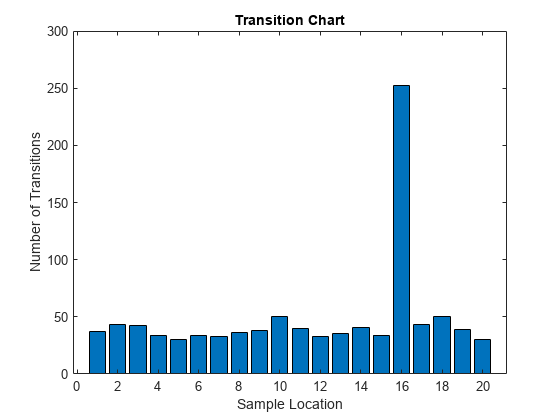gnssBitSynchronize
Description
[
performs bit synchronization on the input samples syncidx,numtr] = gnssBitSynchronize(samples,n)samples with a window
size of n, as defined in [2]. The function searches
the input samples for the maximum number of transitions from a positive to a negative value
and from a negative to a positive value, and returns the bit synchronization index
syncidx and the number of transitions corresponding to each sample
location numtr.
Use this function for global navigation satellite systems (GNSS) receivers that use code division multiple access (CDMA) schemes. These GNSS receivers include GPS, NavIC, and QZSS.
Examples
Input Arguments
Output Arguments
References
[1] GPS Enterprise Space & Missile Systems Center (SMC) - LAAFB. NAVSTAR GPS Space Segment/Navigation User Segment Interfaces. IS-GPS-200L. El Segundo, CA: SAIC (GPS SE&I), May 14, 2020. https://navcen.uscg.gov/sites/default/files/pdf/gps/IS_GPS_200L.pdf.
[2] Kaplan, Elliott D., and C. Hegarty, eds. Understanding GPS/GNSS: Principles and Applications. Third edition. GNSS Technology and Applications Series. Boston ; London: Artech House, 2017.
Extended Capabilities
Version History
Introduced in R2022b
